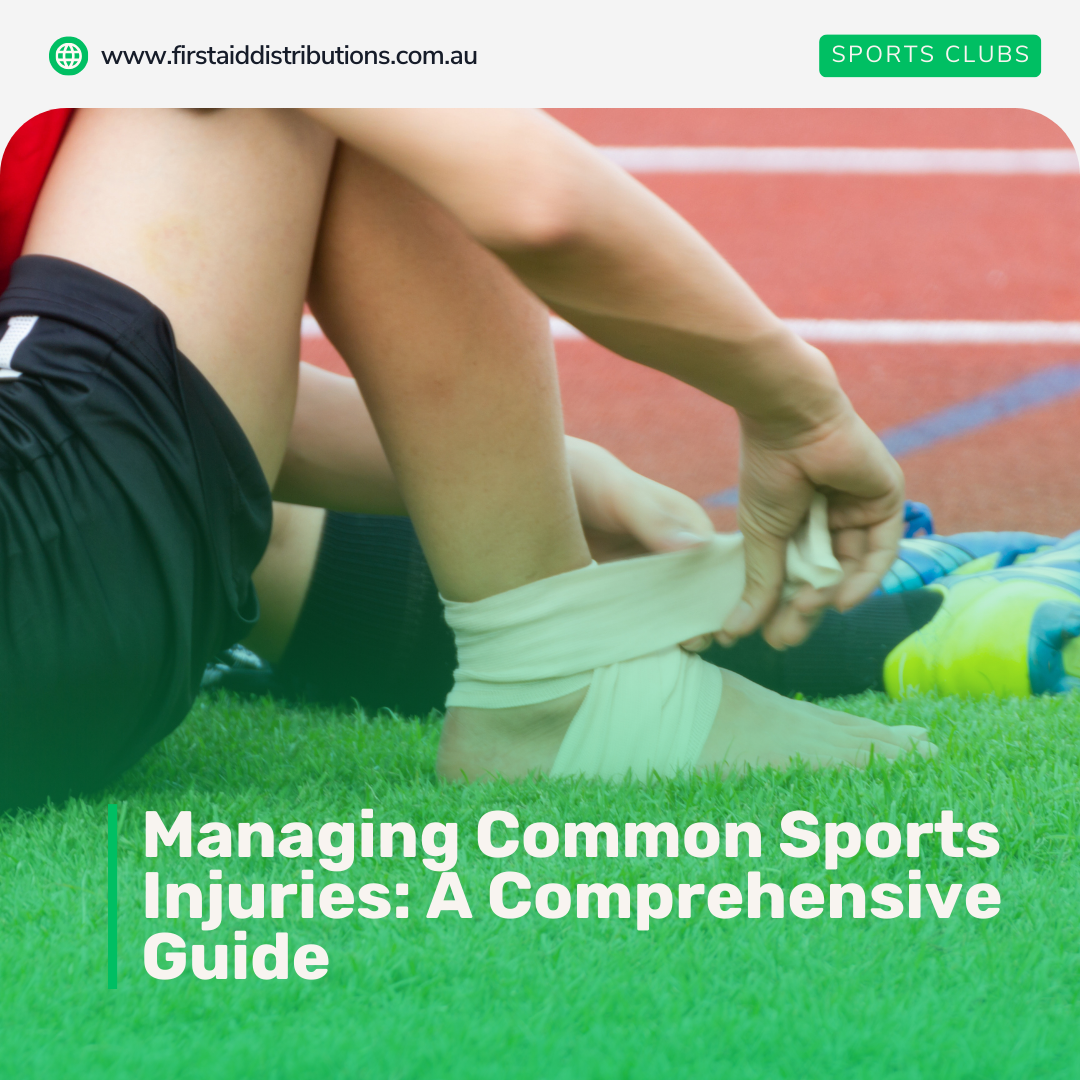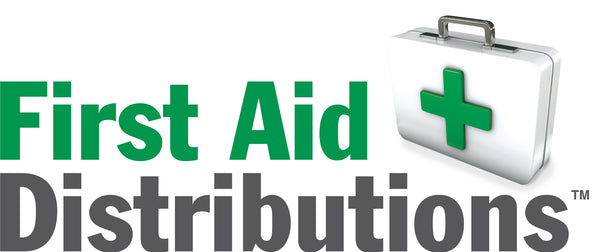FREE FREIGHT AUSTRALIA WIDE FOR ORDERS OVER $200

Managing Common Sports Injuries: A Comprehensive Guide
Sports, while promoting health and camaraderie, often come with the risk of injuries. From sprains and strains to more serious conditions like concussions, knowing how to manage these injuries can make a significant difference in recovery time and overall health. This comprehensive guide provides insight into managing common sports injuries, ensuring athletes can return to their activities safely and effectively.
Understanding Sports Injuries
Sports injuries are typically categorised into two types: acute and overuse. Acute injuries are sudden and occur during activity, such as sprains, fractures, and concussions. Overuse injuries develop over time due to repetitive stress on muscles, joints, and bones, like tendonitis and stress fractures. Effective management of these injuries involves immediate care, proper diagnosis, and a structured rehabilitation plan.
Immediate Response: The R.I.C.E. Method
The initial response to an acute sports injury can significantly influence the healing process. The R.I.C.E. method is a universally accepted approach:
- Rest: Cease any activity and avoid putting weight or stress on the injured area.
- Ice: Apply ice packs to the injured area for 20 minutes every two hours to reduce swelling and pain.
- Compression: Use elastic bandages to apply gentle pressure, helping to decrease swelling.
- Elevation: Elevate the injured area above heart level to reduce swelling and pain.
Seeking Professional Help
While minor injuries can be managed with home care, it's crucial to seek professional medical advice for severe or persistent problems. Healthcare professionals can provide accurate diagnoses and tailor treatment plans, which may include physical therapy, medication, or in some cases, surgery.
Rehabilitation and Recovery
Recovery from a sports injury is a gradual process that should not be rushed. Following a structured rehabilitation program designed by healthcare professionals is key to effective healing. Rehabilitation typically includes:
- Physical Therapy: Custom exercises to restore flexibility, strength, and endurance.
- Pain Management: Techniques and medications to manage pain during the recovery process.
- Gradual Return to Activity: A step-by-step plan to safely return to sports, adjusting activity levels based on recovery progress.

Preventing Future Injuries
Injury prevention is an integral part of managing sports injuries. Athletes can reduce their risk of future injuries through:
- Proper Warm-up and Cool-down: Prepare the body for physical activity and aid in recovery post-exercise.
- Strength and Flexibility Training: Build muscle strength and enhance flexibility to support joints and reduce the risk of injuries.
- Using Appropriate Equipment: Wear the right gear and use equipment correctly to protect against injuries.
- Listening to Your Body: Pay attention to signs of fatigue and discomfort, which can indicate the risk of injury.
Managing common sports injuries requires a combination of immediate care, professional guidance, and a dedicated approach to rehabilitation and prevention. By understanding the basics of injury management and the importance of a gradual return to activity, athletes can minimize downtime and reduce the risk of recurring injuries. Remember, the goal is not only to recover from the injury but also to implement strategies that prevent future issues, ensuring a long and healthy participation in sports activities.
